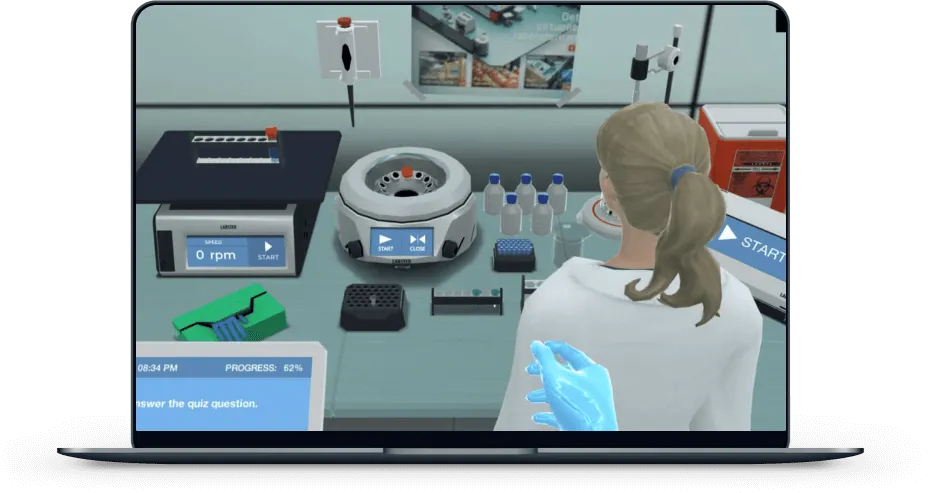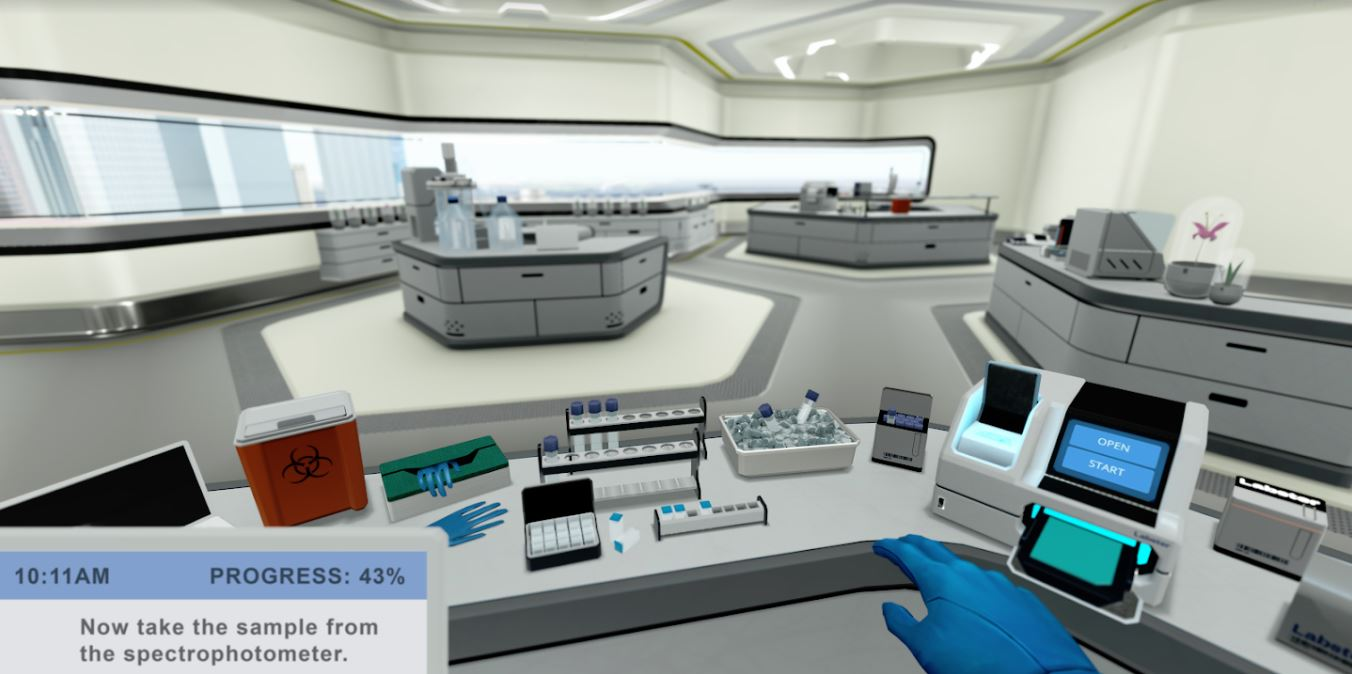Introduction:
Biology education has traditionally emphasized hands-on laboratory experiences. While crucial for developing practical skills, these labs face limitations in cost, safety considerations, and access to specialized equipment. Virtual Labs (vLabs) emerge as a powerful alternative, offering realistic simulations that enhance learning and broaden educational opportunities for students of all backgrounds. This article explores the growing field of vLabs, examining their impact on scientific understanding and the future of biology education.
The Rise of Virtual Labs:
Advancements in computing power and software development have enabled the creation of vLabs. These interactive simulations encompass a broad spectrum of biological phenomena, ranging from cellular processes like mitosis to complex ecological interactions within ecosystems. vLabs offer several key advantages over traditional labs:
- Increased Accessibility: vLabs eliminate geographical and financial barriers. Students in remote locations or those lacking access to expensive equipment can now participate in sophisticated experiments.
- Enhanced Safety: vLabs can simulate hazardous procedures or experiments involving dangerous materials, providing a safe learning environment.
- Scalability: vLabs allow for repeated experiments with varying parameters, fostering a deeper understanding of cause-and-effect relationships in biological systems.
- Improved Visualization: vLabs can render invisible processes, such as protein folding or disease transmission, in a clear and visually compelling manner, aiding comprehension.
learn more in this PDF:
Scientific Accuracy and Engagement:
The effectiveness of vLabs is contingent upon their scientific accuracy. Ideally, vLabs should be developed in collaboration with subject-matter experts and incorporate data from real-world experiments. This ensures students are exposed to scientifically sound concepts and methodologies.
Engagement is another critical factor. Well-designed vLabs incorporate interactive elements, allowing students to manipulate variables and observe the resulting changes within the simulated environment. Gamification techniques can further enhance motivation and knowledge retention.
The Future of Biology Education:
vLabs are not intended as a complete replacement for traditional laboratory experiences. However, they offer a valuable supplement, particularly for introductory or preparatory courses. As vLab technology advances, incorporating virtual reality (VR) and artificial intelligence (AI), the potential for immersive and personalized learning experiences becomes even greater.
Conclusion:
vLabs represent a significant step forward in biology education. By providing accessible, safe, and engaging learning environments, vLabs have the potential to democratize scientific exploration and empower a new generation of biologists.
Explore lab simulators further in this video:

